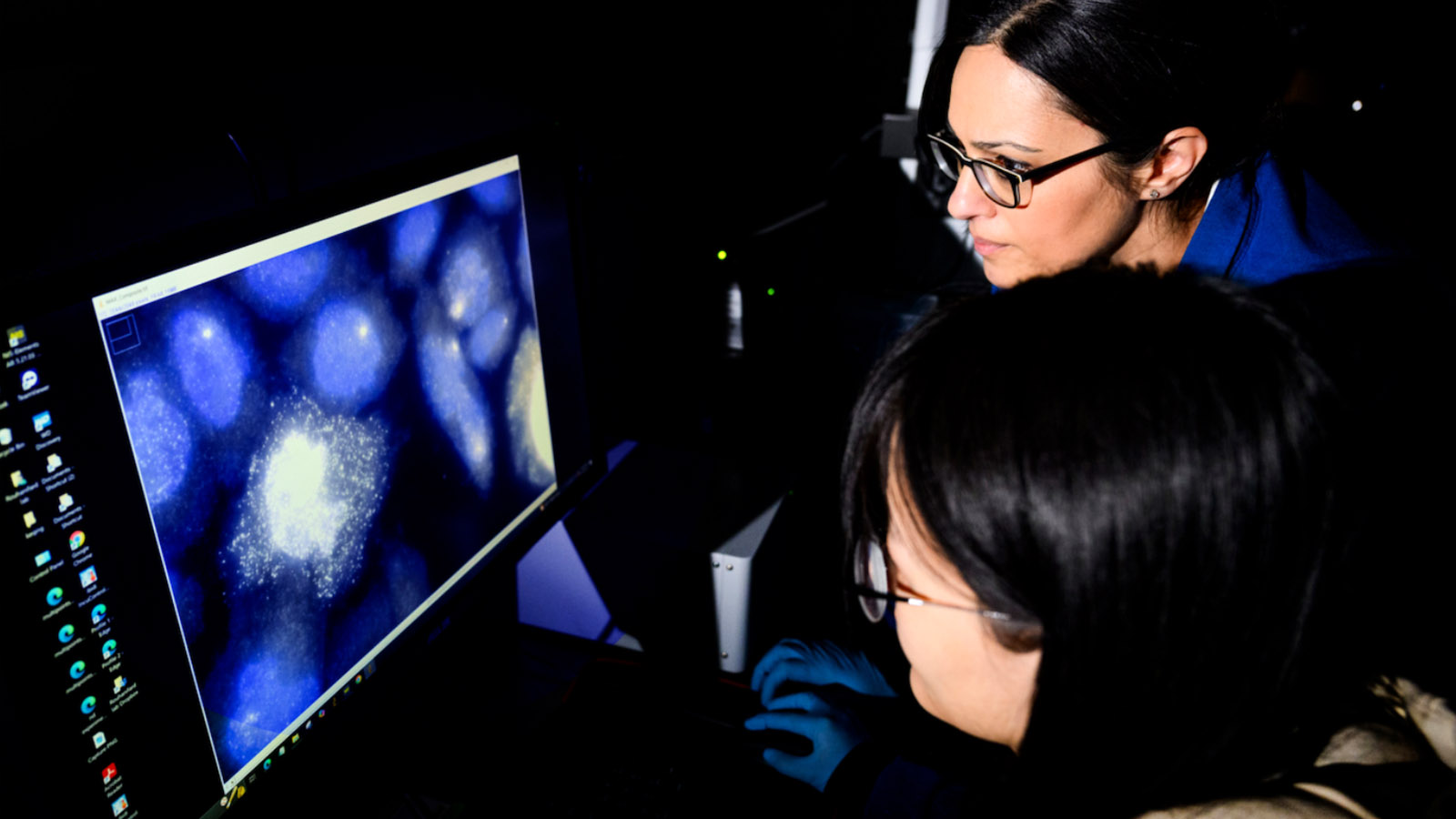

At Northeastern University’s Rouhanifard Lab, researchers are uncovering the hidden layers of cellular regulation by combining epitranscriptomics with cutting-edge chemical biology. Their goal: to understand how molecular modifications influence health and disease.
In a recent breakthrough, the team introduced InCu-Click, a novel reagent that makes click chemistry safe for use in living cells. Click chemistry—especially the copper-catalyzed azide-alkyne cycloaddition (CuAAC)—is a powerful tool for labeling biomolecules. However, its use in live cells has been limited due to copper’s toxicity. InCu-Click overcomes this challenge by using a copper-chelating ligand that neutralizes harmful effects while still enabling efficient chemical reactions.
This innovation allows scientists to track biomolecules in real time inside living cells without disrupting their function—a major advancement for drug discovery, diagnostics, and gene expression research. With its high precision, InCu-Click enables selective labeling of molecular targets, opening new doors for studying RNA behavior and disease mechanisms.
Assistant Professor Sara Rouhanifard’s team uses the discovery cluster to analyze RNA modifications within their native sequence context.
The team is now preparing the reagent for commercialization, aiming to make live-cell RNA tracking widely accessible for clinical and pharmaceutical applications.